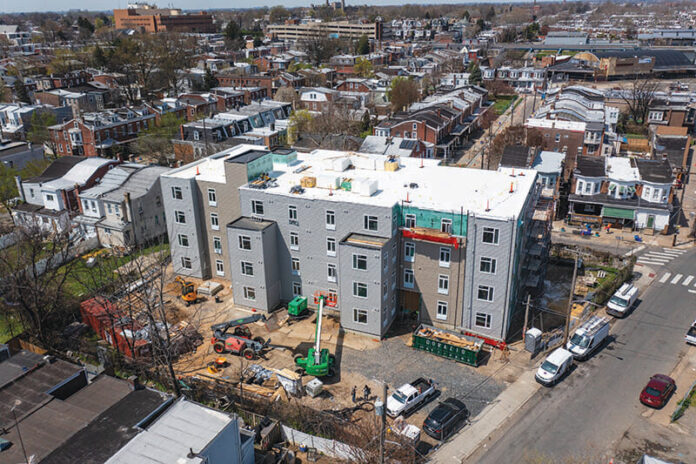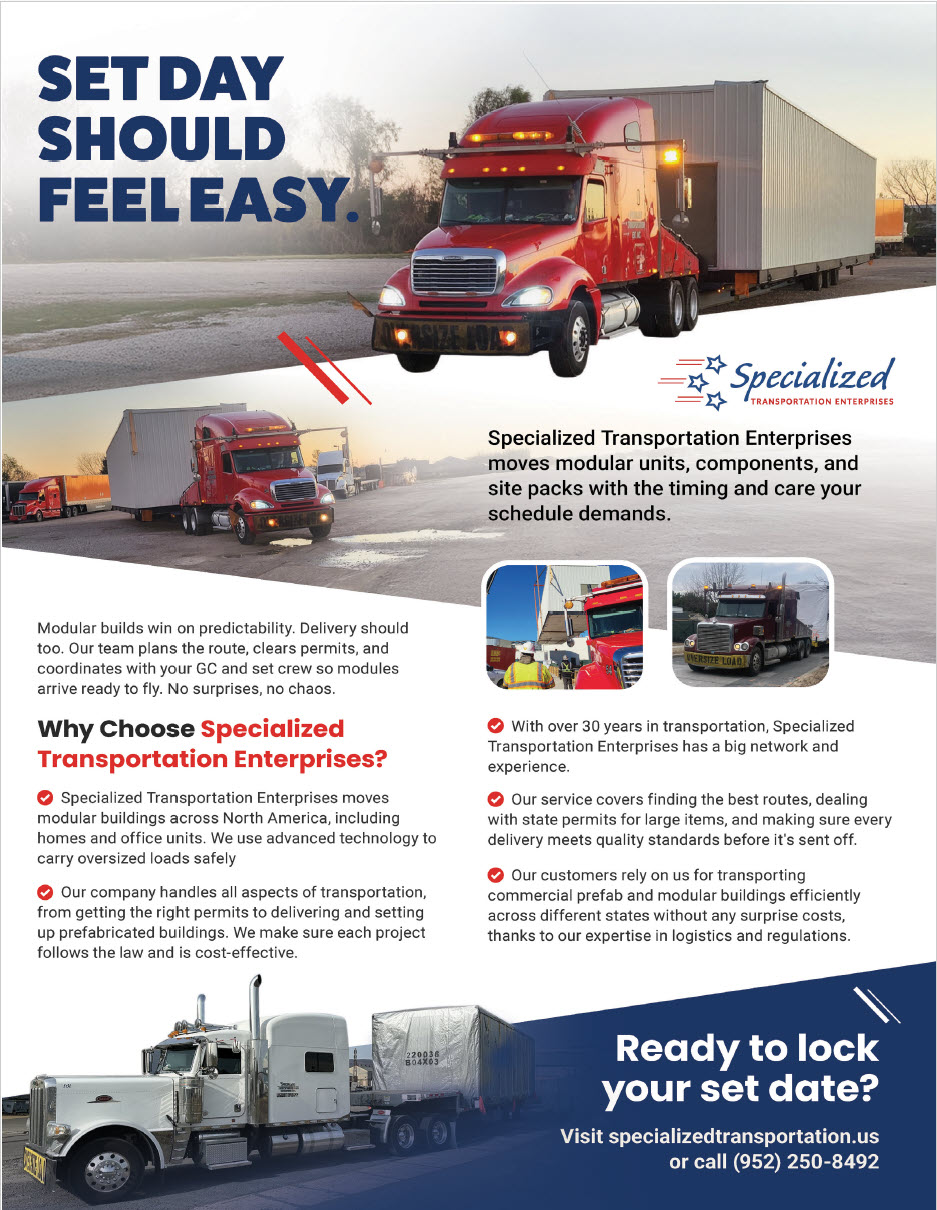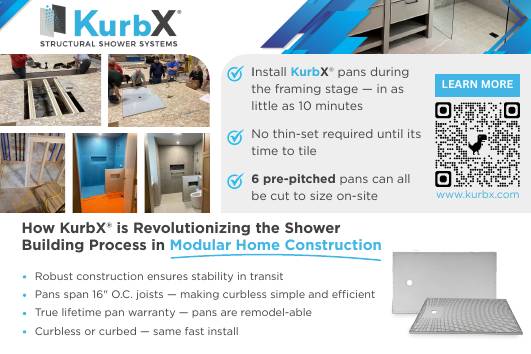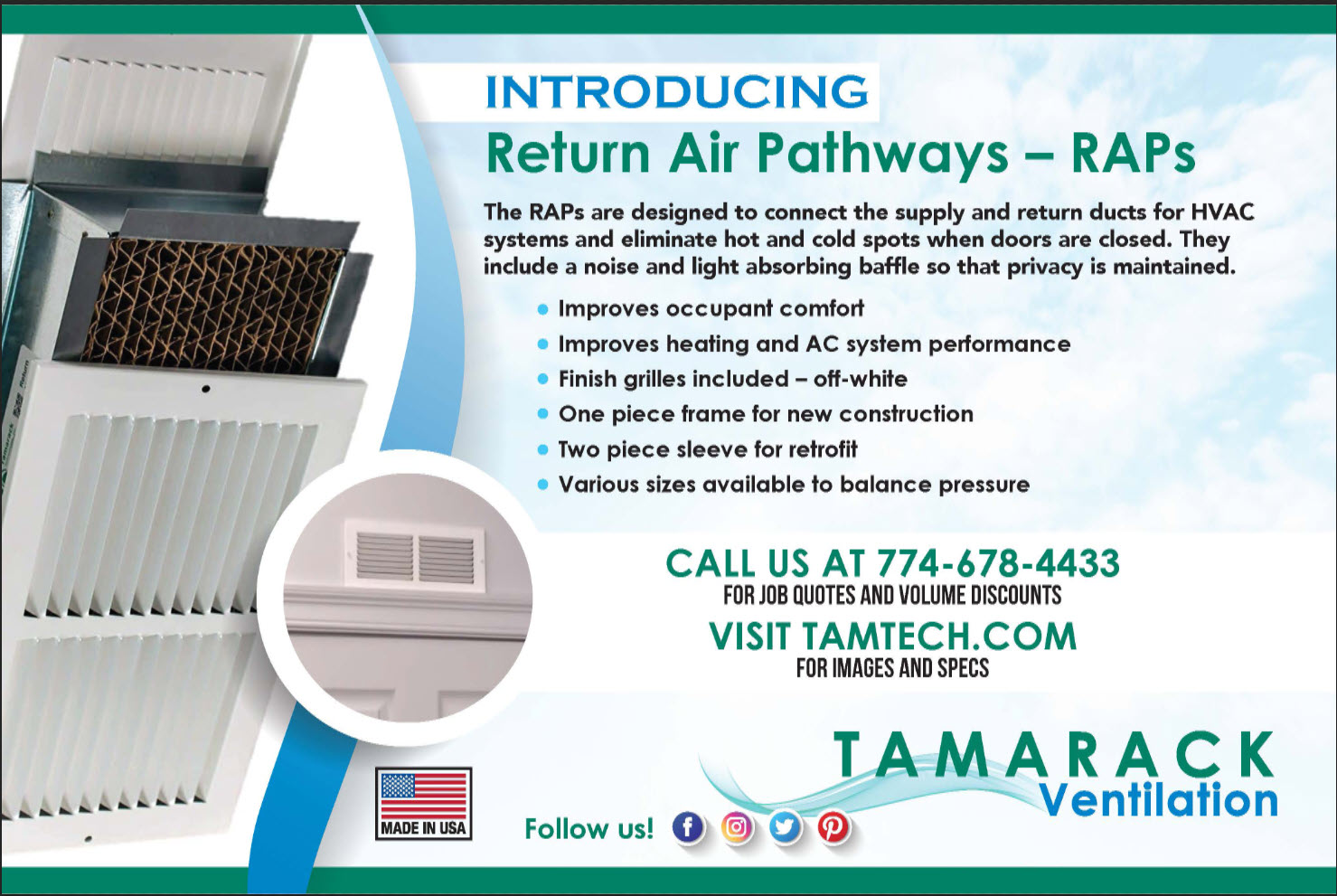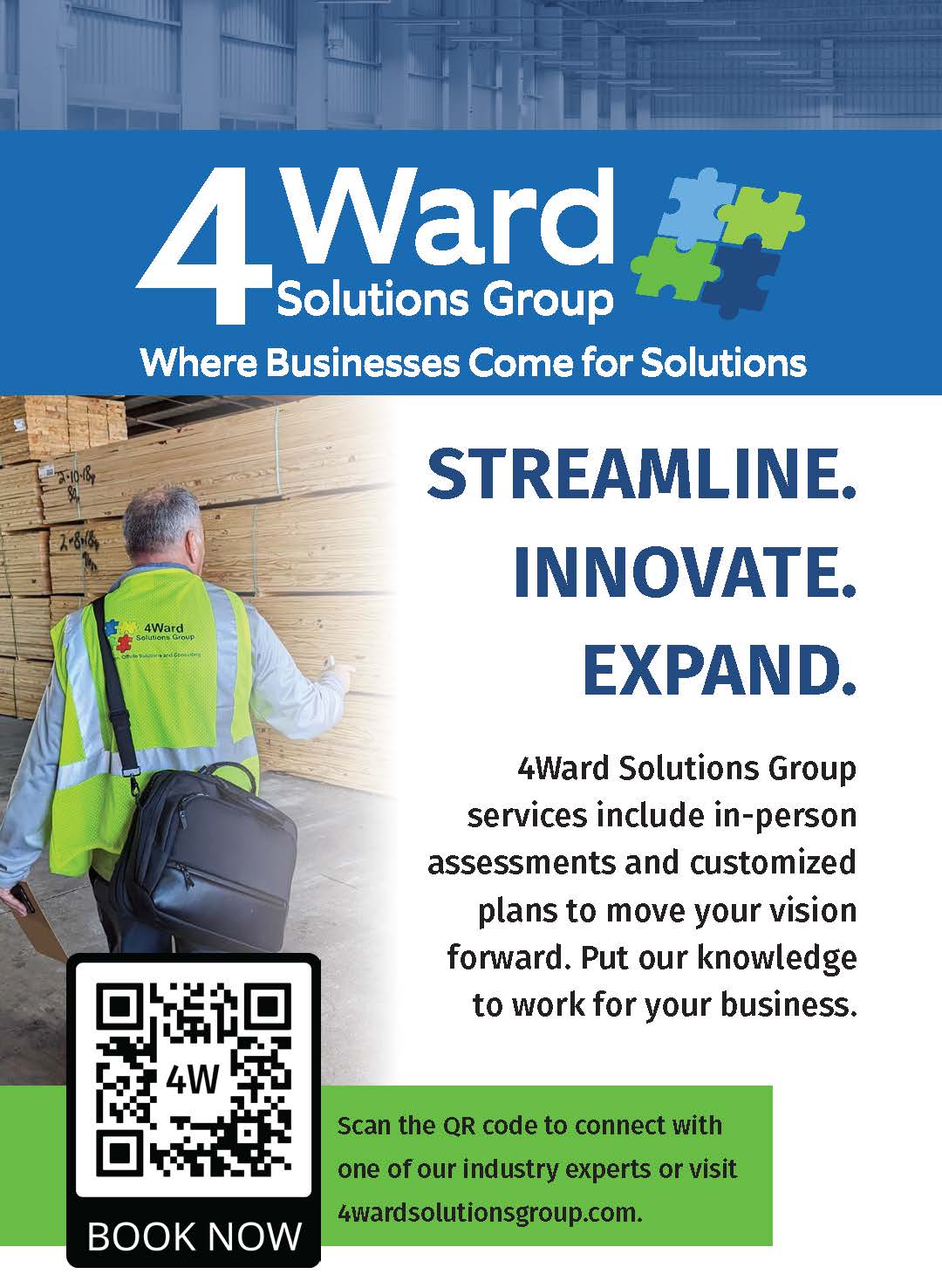One reason modular is a great approach for an apartment building is the reduced carrying costs. The building will get completed more quickly and the units will get rented sooner. But those savings may not be enough when the aim is to serve low-income tenants.
If the units will rent at below-market rates, the rental income alone may not be sufficient for the developer to recoup its costs, never mind making a profit. That’s why governments offer tax incentives for affordable housing; in many cases, they’re what make these projects feasible to build.
The most important tax incentive is the Low-Income Housing Tax Credit (LIHTC), which is funded by the federal government and administered by each state. Unfortunately, the red tape and time needed to qualify for the LIHTC can be more than what some developers want to deal with.
Fortunately, there are other options. One of those options was pursued by Volumetric Building Companies (VBC), a Philadelphia, Pa.-based modular builder and developer that specializes in multifamily projects. According to Dana Spain, the company’s Director of Community Relations, VBC just completed Veterans Village, a 47-unit multifamily building in Northeast Philadelphia. They decided not to seek tax incentives, but when all is said and done the $6 million projects will still bring a net profit.
Spain says she hopes VBC’s approach will serve as a template for other developers who want to build affordable housing projects.

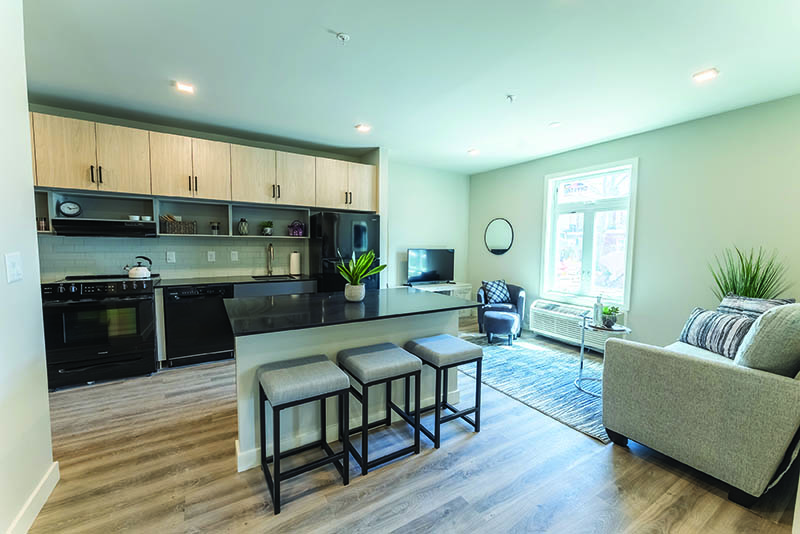
The apartments will be leased to in-need female veterans being re-integrated into the community from the VA system. They include studios for single tenants, plus two- and three-bedroom units for those with children. There is a community room in which things like job fairs and literacy programs can be hosted. Rents are below market rate for the neighborhood.
Rather than going through the hassle of the LIHTC process, VBC decided to finance the project conventionally and then refinance through the US Department of Housing and Urban Development (HUD) upon completion. Making that happen required some involvement from the community.
The first step the company took, according to Spain, was to set up a charitable arm. “We got 501c3 certification to build affordable housing for vulnerable populations, with veterans being the number one group we would serve,” she says. Then they embarked on a fundraising campaign.
“The next step was to build our capital stack, which is the equity we would have to put into the project to get financing,” says Spain. “Because we’re a 501c3, we were able to raise equity in the form of donations.” These included cash donations from individuals, foundations and corporations as well as in-kind donations from suppliers. For instance, Saint-Gobain (CertainTeed) donated $140,000 worth of siding, Dow offered discounts on tile and Maxim Crane Works donated $25,000 worth of crane time.
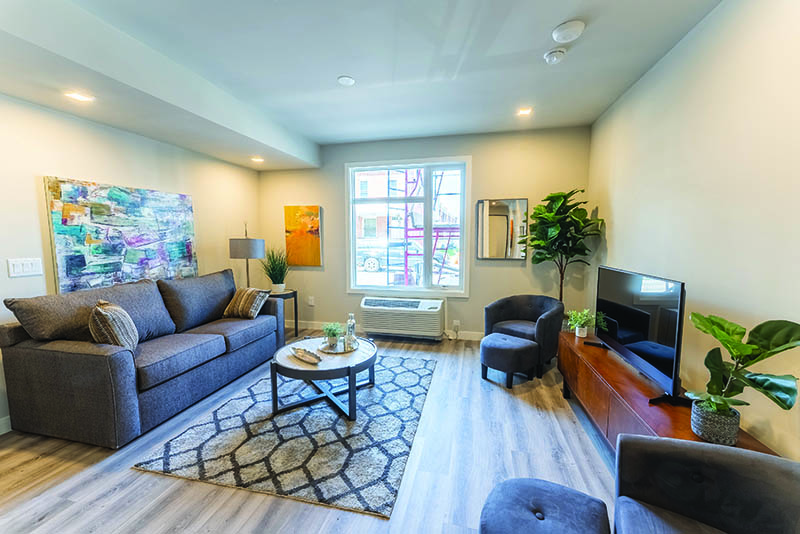
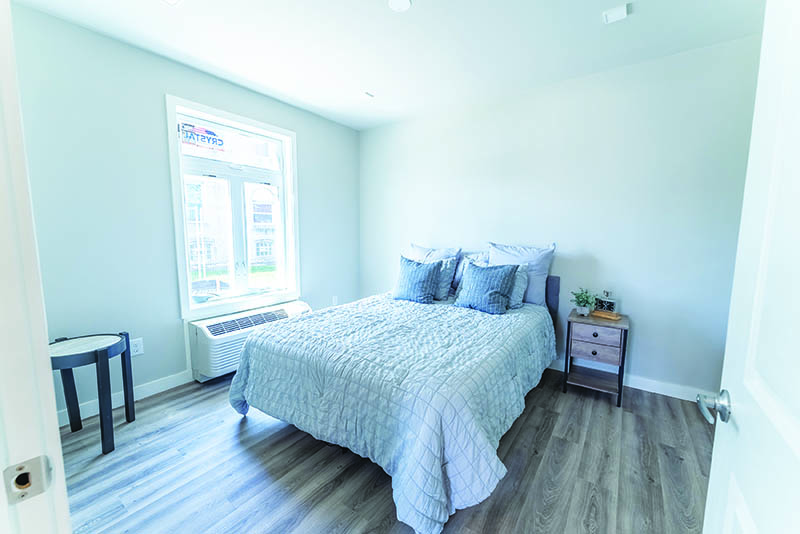
With sufficient donations in place, VBC was able to get traditional construction financing from Huntington Valley Bank, a local community bank. The bank also made a cash donation to the project.
Spain prefers working with community banks because they’re looking to invest in their local communities and want to finance housing for low-income, senior and disenfranchised populations. She says that community banks are also more nimble when it comes to loan terms, and they know what grants and other resources are available locally for such projects.
At this writing (early May 2022), VBC is looking for permanent financing, which Spain says will most likely be a loan product from HUD. She says that it’s a lot easier to refinance a completed building with them than it is to get a construction loan. “If you go for HUD financing at the beginning of the project, there are all kinds of strings attached,” she says. “But if you seek HUD re-financing after the project is finished, they don’t require any of that, and the terms are really favorable.”
Spain says that the approach VBC took on this project requires someone who knows how to raise funds or, at the very least, to write grant proposals. But she says that raising money is not as difficult as some people think. “A lot of people and institutions really want to be seen supporting a project like this.”
Getting that expertise can be a lot easier and faster than going through the LIHTC process. “You avoid all the red tape,” she says. “You end up in the same place you would have if you had pursued tax credits, but you get there faster.”
Spain says that VBC is committed to sharing best practices and that she is willing to help other builders and developers who want to undertake affordable projects using the same approach. She invites them to contact her at VBC through www.vbc.co.


